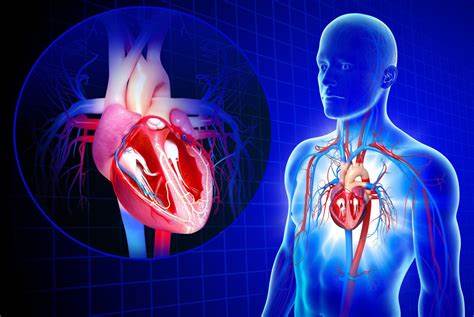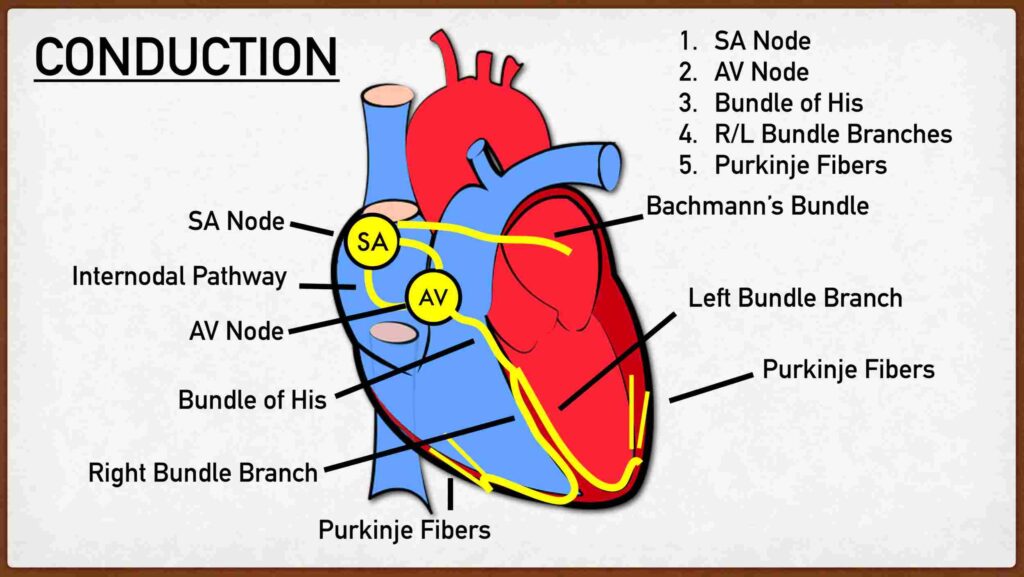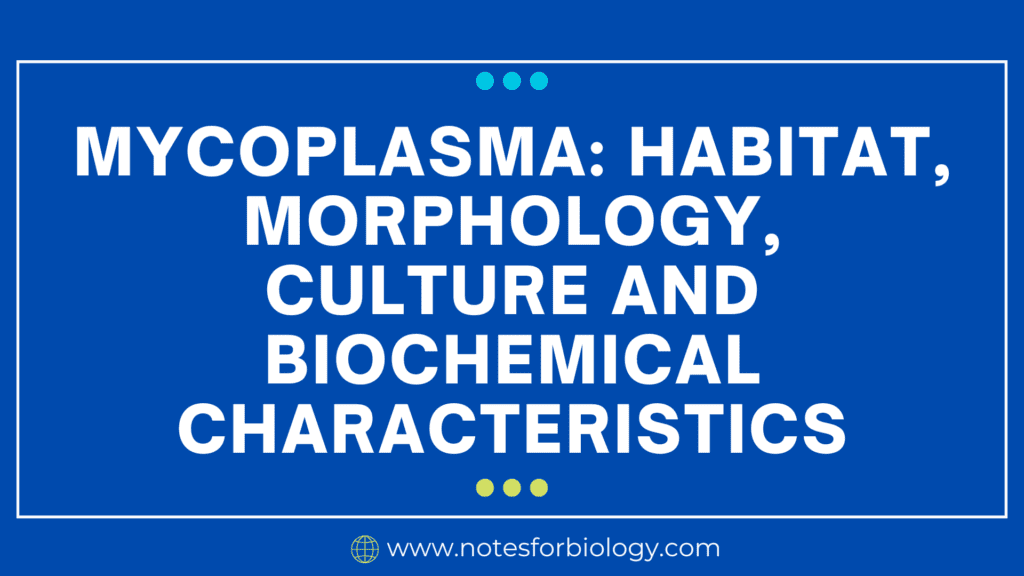1. Introduction
The human heart is not just a pump—it’s a carefully timed and coordinated machine. It beats over 100,000 times a day, sending blood to every cell of your body. But what keeps the heart beating so regularly? That’s the job of the cardiac conduction system.

The cardiac conduction system is like the heart’s electrical wiring. It creates and sends signals that make the heart muscle contract in a proper rhythm. This system keeps your heart beating automatically and efficiently without you even thinking about it.
Table of Contents
2. What Is the Cardiac Conduction System?
The cardiac conduction system is a group of specialized muscle cells in the heart that generate and carry electrical impulses. These impulses make the heart contract in a synchronized way, pumping blood through the body.

The main components of the system include:
- Sinoatrial (SA) node
- Atrioventricular (AV) node
- Bundle of His
- Right and left bundle branches
- Purkinje fibers
Each part has a special job in starting and spreading the electrical signal.
3. Components of the Cardiac Conduction System and Their Functions
A. Sinoatrial Node (SA Node) – The Natural Pacemaker
- Location: Upper part of the right atrium.
- Function: It produces electrical signals at regular intervals.
- Role: Sets the pace of the heart, usually 60–100 beats per minute.
- Why it matters: It controls when the atria contract and push blood into the ventricles.
B. Atrioventricular Node (AV Node)
- Location: Between the atria and ventricles.
- Function: Delays the signal slightly before sending it to the ventricles.
- Why delay? So the atria have time to empty blood into the ventricles before the ventricles contract.
C. Bundle of His
- Location: In the upper part of the interventricular septum (wall between the two ventricles).
- Function: Carries the signal from the AV node to the bundle branches.
D. Right and Left Bundle Branches
- Location: Along the right and left sides of the interventricular septum.
- Function: Carry signals toward the apex (bottom) of the heart.
E. Purkinje Fibers
- Location: Spread through the walls of both ventricles.
- Function: Distribute the signal quickly throughout the ventricles.
- Result: Ventricles contract powerfully, pumping blood to the lungs and rest of the body.
4. How the Signal Travels – Step by Step
Let’s break down how the electrical impulse moves through the heart during each heartbeat:
- The SA node fires: This sends the initial signal to the right and left atria, causing them to contract.
- Signal reaches the AV node: The AV node pauses the signal for a moment.
- Signal travels to the Bundle of His: It then moves into the interventricular septum.
- It spreads into the bundle branches: The signal is sent to both the right and left ventricles.
- Purkinje fibers complete the job: They quickly carry the signal to all parts of the ventricular muscle.
- Ventricles contract: The signal causes the ventricles to contract and push blood out of the heart.
5. What Is a Normal Heart Rhythm?
The rhythm created by this conduction system is called normal sinus rhythm. In a healthy adult, the resting heart rate is between 60 and 100 beats per minute.

The system adjusts your heart rate based on your needs:
- When you’re resting: Slower rate
- When you’re exercising or stressed: Faster rate
6. What Happens When the Conduction System Fails?
Sometimes, the conduction system doesn’t work properly. This can lead to arrhythmias (abnormal heart rhythms).
Common problems include:
- Bradycardia: Heart beats too slowly.
- Tachycardia: Heart beats too fast.
- Heart block: Signal gets delayed or blocked completely.
- Fibrillation: Disorganized signals cause rapid, uncoordinated contractions.
Symptoms of conduction disorders:
- Dizziness or fainting
- Fatigue
- Chest pain
- Shortness of breath
7. How Are Conduction Disorders Diagnosed?
Doctors use several tests to check how well your cardiac conduction system is working:
Electrocardiogram (ECG or EKG)
- Measures electrical activity of the heart
- Shows timing and strength of each heartbeat
Holter Monitor
- Portable device worn for 24–48 hours
- Records heart rhythm during normal activities
Electrophysiology Study (EPS)
- Involves placing small wires in the heart
- Helps identify the source of abnormal signals
8. Treatments for Conduction Disorders
Depending on the issue, treatments include:
Medications
- Help slow down or speed up the heart rate
- Manage irregular rhythms
Pacemaker
- A small device placed under the skin
- Sends electrical signals to keep the heart beating regularly
Ablation
Destroys small areas of heart tissue that are causing faulty signals
Lifestyle Changes
- Eating heart-healthy foods
- Reducing stress
- Managing blood pressure and cholesterol
9. Role of the Autonomic Nervous System
The brain helps control the heart’s pace through the autonomic nervous system:
Sympathetic nervous system:
Speeds up the heart rate (during exercise or stress)
Parasympathetic nervous system:
Slows down the heart rate (during rest). The SA node responds to these signals by adjusting how quickly it fires.
10. Cardiac Cycle and Conduction Timing
Each heartbeat includes a cardiac cycle, which is made up of:
- Atrial systole (atria contract)
- Ventricular systole (ventricles contract)
- Diastole (relaxation and filling)
The electrical signal ensures that:
- Atria contract first.
- Then ventricles contract.
- All chambers rest and fill with blood.
This order is critical to make sure blood flows efficiently.
11. Summary Table
| Component | Function |
|---|---|
| SA Node | Starts the heartbeat; sets the rhythm |
| AV Node | Delays the signal; lets atria empty before ventricles contract |
| Bundle of His | Transfers signal from AV node to bundle branches |
| Bundle Branches | Carry signal down the heart |
| Purkinje Fibers | Distribute signal through ventricles; cause contraction |
| Normal Heart Rate | 60–100 beats per minute |
| Key Tests | ECG, Holter Monitor, EPS |
| Treatments | Medications, pacemaker, ablation, lifestyle changes |
12. Why Cardiac Conduction Is So Important
Without a proper conduction system:
- The heart wouldn’t beat regularly.
- Blood flow would be inefficient.
- Organs wouldn’t get enough oxygen and nutrients.
- You could experience fainting, fatigue, or even life-threatening issues.
It’s like the heart’s timing belt. If it’s out of sync, the whole engine struggles.
13. Conclusion
The cardiac conduction system is the hidden electrical circuit that keeps your heart beating properly. From the SA node setting the pace to the Purkinje fibers causing a powerful squeeze, each part plays a vital role.
Understanding how it works helps you appreciate how delicate and precise your body is. It also helps in recognizing signs of trouble early and protecting heart health for a lifetime.
Whether you’re studying for a test or just want to take care of your heart, knowing about this system is a step toward better awareness and health.
FREQUENTLY ASKED QUESTIONS
What is the cardiac conduction system?
The cardiac conduction system is the heart’s natural electrical system. It generates and carries signals that tell the heart when to contract, making sure it beats in a regular and coordinated way.
Which parts are involved in cardiac conduction?
The main parts include the SA node (pacemaker), AV node, Bundle of His, right and left bundle branches, and Purkinje fibers. Together, they control the timing of each heartbeat.
What happens if the conduction system doesn’t work properly?
Problems like arrhythmias, bradycardia (slow heart rate), tachycardia (fast heart rate), or heart block can occur. These conditions can cause symptoms such as dizziness, fatigue, or fainting.
Related Articles




